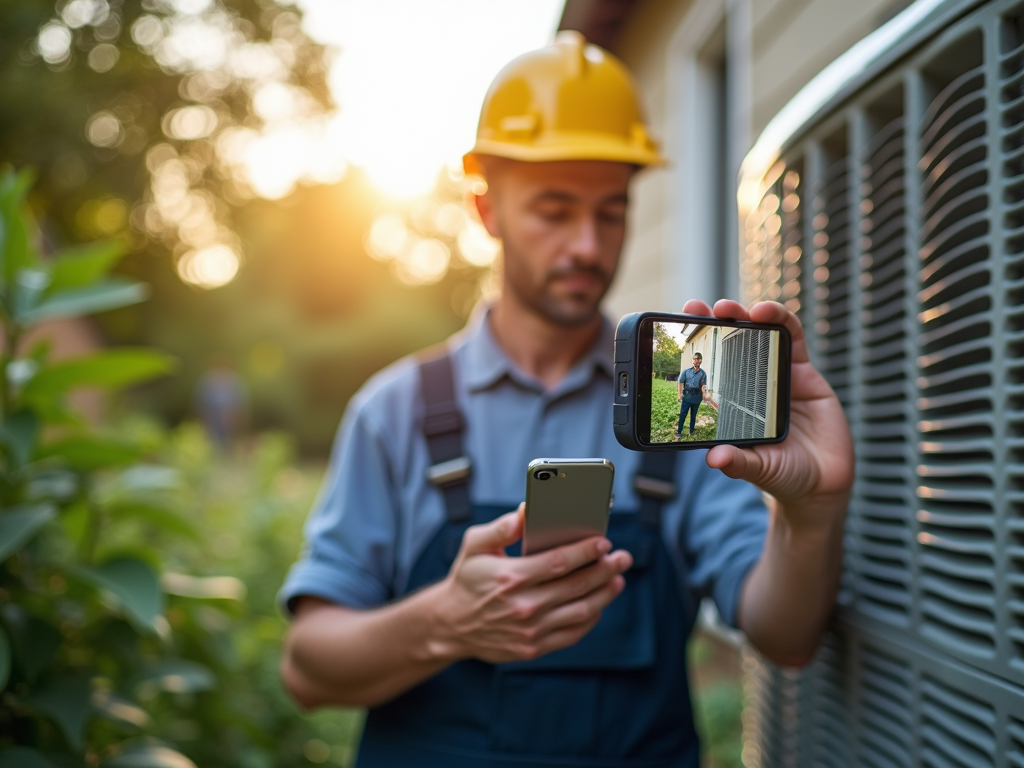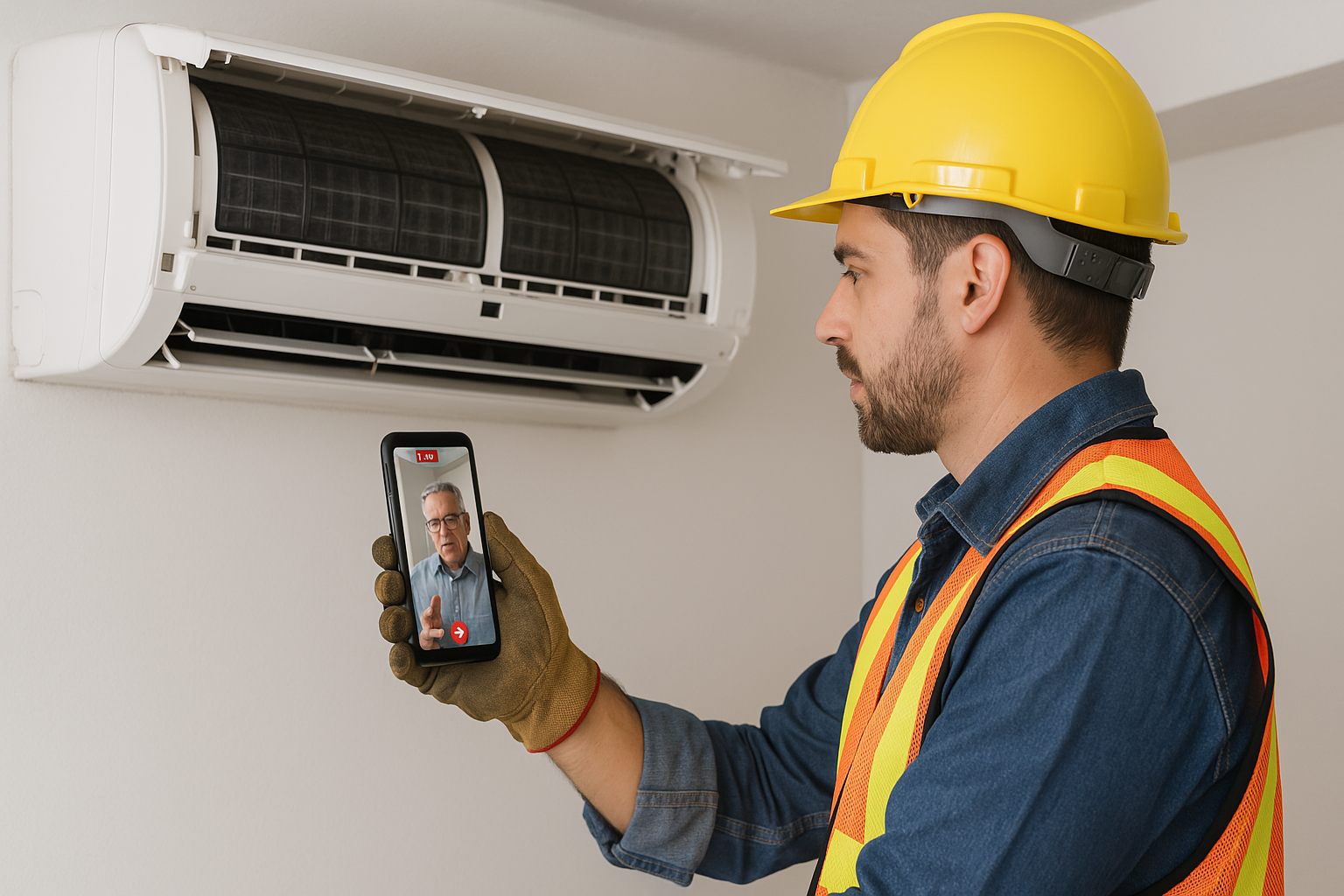Remote Building Inspections: How to Save 1 Hour or More per Appointment
Time is money. We’ve all heard the saying, but when we consider this adage in the context of your remote video inspections for commercial and residential buildings, let’s ask a tricky question: How much money is getting thrown away every year in terms of commute time?
If you’re not doing building inspections remotely, chances are, your inspectors are spending an awful lot of time driving. They may be driving to the opposite end of your city, there could be unforeseen traffic and road conditions, or maybe even dangerous weather to contend with that can extend those commute times even further. “It’s just a necessary evil,” you may be saying. “A part of the job.” But have you ever sat down and ran the numbers? How many more inspections could you fit into the day if that “necessary evil” wasn’t so necessary?
This post will outline the ways your inspectors can conduct efficient and effective remote video inspections, cutting the challenges of commute time and mileage costs out of the equation for good.
Steps to an Efficient Remote Building Inspection
Remote video inspections can save on commute time, sure, but are they worth it? After all, you have your processes all figured out - is saving a little drive time enough of a win to convince your team to change all their practices? There are more benefits of remote video inspections than just time savings. Let’s lay out a few of them here.
In addition to saving time, remote inspections are also friendlier for the environment. Every time you take a car off the road, you’re reducing your company’s carbon footprint. You can also save real dollars in more than just worked hours. Company cars require maintenance. You’ll have to pay mileage or pay to fill up all those gas tanks. Switching to remote building inspections can save you money on all these items. Lastly, customers love remote inspections. They’re quicker, more convenient, and more efficient than in-person inspections.
Related Read: How to Make It Work: 5 Keys to Effective Remote Video Inspection
Step 1: Invest in the Right Remote Inspection Tool
This step is a bit obvious on its face: To offer remote building inspections, you’ll need a tool capable of handling the technical aspects of that task. The operative word in this step is investing in the right tool for managing those technical needs.
A quality remote inspection tool should offer features like augmented reality, text extraction, and more. These features allow your inspectors to guide clients through the inspection process just as smoothly as if they were on site.
Blitzz offers all the features your inspection team needs to succeed. In addition to text extraction and AR features like a collaborative live pointer, Blitzz Enterprise offers post-call surveys, in-program note taking and correction notices, advanced reporting features, and more. Schedule a demo of Blitzz to see if our remote inspection tool is the right solution for your business.
Step 2: Set up Processes & Procedures
Once you have the right tool in place to conduct remote video inspections using live video calls, next you need to ensure that your team is equipped with the processes and protocols that will allow them to perform remote building inspections successfully. These processes should include checklists, best practices, and a standard operating procedure for how a remote inspection should progress.
It is also a good idea to have a system in place that allows your inspectors to indicate that they believe that a remote inspection is not the best fit for a given building. Ensure there is a procedure by which inspectors can indicate that an on-site inspection must be performed for a specific building.
Other elements that your processes may include are requirements regarding the recording process for inspections and the reporting process for results. You will also want to set up clear expectations for inspectors and customers alike. This will ensure that all parties know what to expect from the remote inspection from the get-go.
Step 3: Leverage Augmented Reality
The next thing you will want to ensure you can offer excellent remote building inspections is to leverage augmented reality in your inspection processes. Augmented reality helps field service workers by leveraging features like on-screen text, collaborative pointers, and more to help guide the inspector and the client through the inspection process quickly and efficiently.
Using AR in remote inspections helps ensure that the inspector can get a clear view of all the areas they need to inspect. The inspector can utilize AR to indicate problem areas or other areas of interest on the client’s camera viewfinder. Additionally, these features can project text, instructions, and more onto the screen for the client.
Blitzz has helped pave the way for AR in remote video inspection tools. Our Inspect tool offers some of the most comprehensive AR features on the market, packaged in a uniquely user-friendly interface.
Step 4: Clear Communication for Results & Next Steps
Miscommunication can throw a wrench into the most precise of business processes. This is why you must have procedures to allow your inspectors to communicate inspection results and any necessary next steps clearly. Before commencing any remote building inspections, ensure your customer understands how they will receive their inspection results. Also, establish the steps they will need to take if their building needs work to pass a future inspection.
Many remote inspection tools, like Blitzz, will offer reporting and communication features. Leverage these whenever possible to ensure a seamless hand-off from inspector to client.
Saving Time with Remote Building Inspections
Now that you’ve seen the steps you need to take to maximize your time savings, let’s talk numbers. How much time can you really save by switching to a remote-first model of building inspections?
The actual number of hours varies based on your area: The radius your inspectors operate and the traffic volume they generally encounter. Some estimates say that the average inspector spends about ⅕ of their time driving to and from customer sites. If we assume a 40-hour work-week, that means your inspectors are spending at least 8 hours - a full business day - in the car each week. Think how many more inspections your staff could complete if they had those 8 hours returned to them.
Blitzz is committed to providing the best possible technological solution for remote building inspections. To see if Blitzz is the right tool for your future inspection needs, take Blitzz for a free test drive!





